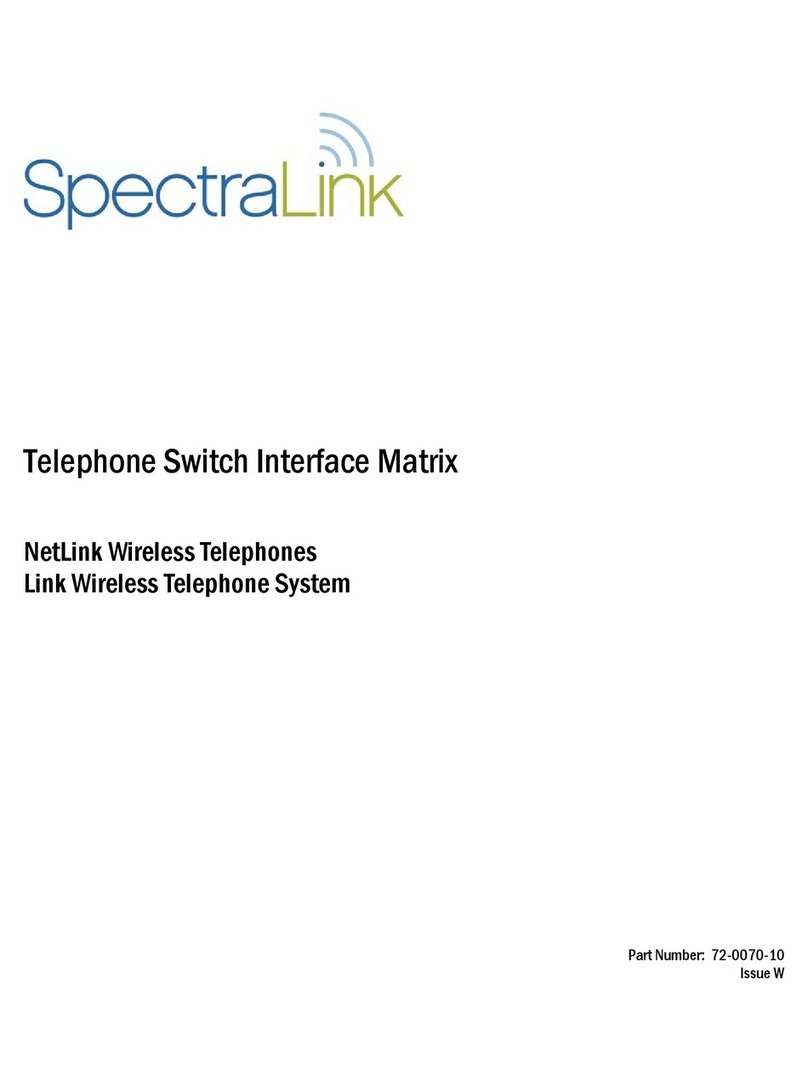
# for WPA this should be enabled
set service-profile VoWLAN-WPA cipher-wep104 disable
set service-profile VoWLAN-WPA cipher-wep40 disable
set service-profile VoWLAN-WPA auth-dot1x disable
set service-profile VoWLAN-WPA auth-psk enable
set service-profile VoWLAN-WPA beacon enable
set service-profile VoWLAN-WPA ssid-type crypto
set service-profile VoWLAN-WPA auth-fallthru last-resort
set service-profile VoWLAN-WPA psk-raw <256-bit passkey>
set service-profile VoWLAN-WPA tkip-mc-time 60000
set radius deadtime 0
set radius timeout 5
set radius retransmit 3
set enablepass password <password>
set authentication last-resort ssid <SSID name> local
set authentication admin * local
set user last-resort-<ssid_name> attr vlan-name v1
# AP Radio Profile
set radio-profile RealRadio service-profile VoWLAN-WPA
set radio-profile RealRadio 11g-only disable
set radio-profile RealRadio beacon-interval 100
set radio-profile RealRadio dtim-interval 3
set radio-profile RealRadio max-tx-lifetime 2000
set radio-profile RealRadio max-rx-lifetime 2000
set radio-profile RealRadio rts-threshold 2346
set radio-profile RealRadio short-retry 5
set radio-profile RealRadio long-retry 5
set radio-profile RealRadio frag-threshold 2346
set radio-profile RealRadio preamble-length short
set radio-profile RealRadio auto-tune channel-config disable
set radio-profile RealRadio auto-tune power-config disable
set radio-profile RealRadio auto-tune channel-interval 3600
set radio-profile RealRadio auto-tune power-interval 600
set radio-profile RealRadio auto-tune channel-holddown 300
set radio-profile RealRadio auto-tune power-backoff-timer 10
set radio-profile RealRadio active-scan disable
set radio-profile RealRadio wmm disable
set radio-profile default 11g-only disable
set radio-profile default beacon-interval 100
set radio-profile default dtim-interval 1
set radio-profile default max-tx-lifetime 2000
PN: 72-9966-00-D.doc Page 10




























